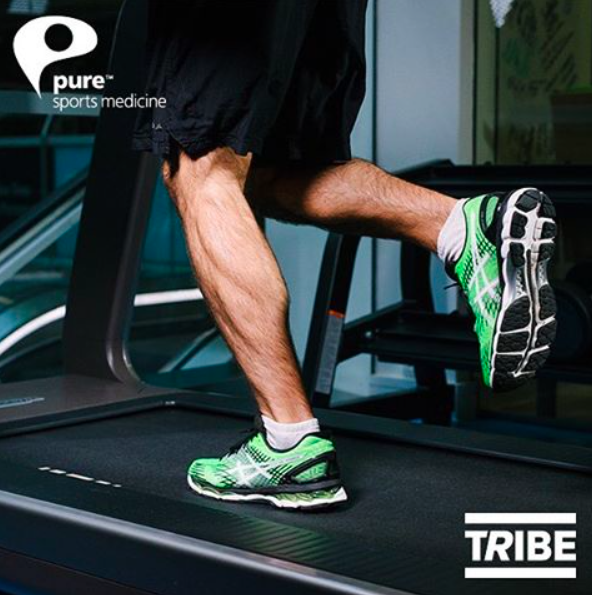Run for Love is rapidly approaching… now is the time to ensure you’ve got a plan in place. Increasing mileage unfortunately increases injury risk. So here is a guide on how to help prevent common running injuries.
Why do injuries occur?
There are several factors that can lead to injury – biomechanics; running technique; footwear; type of training; weakness; previous injury history. However, these factors are likely to have a greater influence on where the injury occurs. The most important and controllable factor is simply training error – or running too far, too fast, too soon. Here are seven key points to consider when planning your training.

-
Be realistic – Run for Love is not a race…. But you should still try to set yourself targets to help along the way….Targets such as weekly mileage volume, for example. This will keep you focussed as well as giving you something to base your training schedule around. Set your target too high and you are setting yourself up for injury.
-
Keep it simple – Often 3-4 runs per week is more than enough. This allows sufficient recovery time between runs and still gets enough mileage in the legs. “Double Run days” are a great way to train yourself to run on tired legs – but should only be attempted once you’ve got a strong base training period done first.
-
Add variety – Include long runs; interval sessions; tempo runs and hill training. This helps to keep you interested and also challenges your body in different and necessary ways to get fitter, faster.
-
Track your running – Record your mileage – this is a great way to monitor your weekly volumes and avoid a “spike” in activity that can cause overload and injury. Maintaining a gradual increase in weekly mileage will be key to avoiding injury.
-
Build up and step back - Avoid any cramming or “making up for lost time” – this will only result in a boom-bust scenario and will result in more time being wasted due to injury. Gradually increase for a few weeks….. then reduce your mileage by 10-15% for a week
-
Wear Comfy shoes – Running shoe selection can be a minefield and advice is best given on an individual basis – but the most important factor is comfort.
-
Don’t just run – Include some cross training such as cycling or swimming within your weekly routine.
-
Take days off! – Rest days are vital - especially after intense training days. Your body needs the time to recover, heal and ultimately get stronger.
-
Eat well! You already know this… you are on the Tribe website! You need to put good fuel in the Ferrari!
-
Get strong! – Strength training is scientifically proven to reduce injury risk. Adding 2 strength sessions per week can make a great deal of difference to your bodies capacity to take load. So get squatting, lunging and calf raising to your heart’s content!
It’s important to train smarter not just harder. When building your training program be careful not to plan intense running sessions on consecutive days. Interval training and hill sessions can be very demanding and will need adequate recovery time before another intense session.
Building this all into an effective training program can seem daunting. Seeking advice from a running specialist physiotherapist or Strength and Conditioning coach can be a great way to get started. If heading into training with a niggle or injury – get it assessed now to help avoid bigger issues further down the line.
Similarly, trying to “run through” pain is not advised when training for ultras. There are some instances where this is safe – but it’s best to get the pain assessed before cracking on with your training program.
So, remember – Train smart and enjoy yourself. Completing Run for Love is meant to be a challenge but it is meant to be fun too. An injury can ruin that! Good luck.
Neil Smith, Physiotherapist, BSc - neil.smith@puresportsmed.com
Peter Horobin, Osteopath BSc, DO MSc - peter.horobin@puresportsmed.com
Pure Sports Medicine - A team of world-class sport and exercise medicine specialists will work with you to prevent, diagnose, treat and manage your injury, ensuring you’re at your best, every day.
